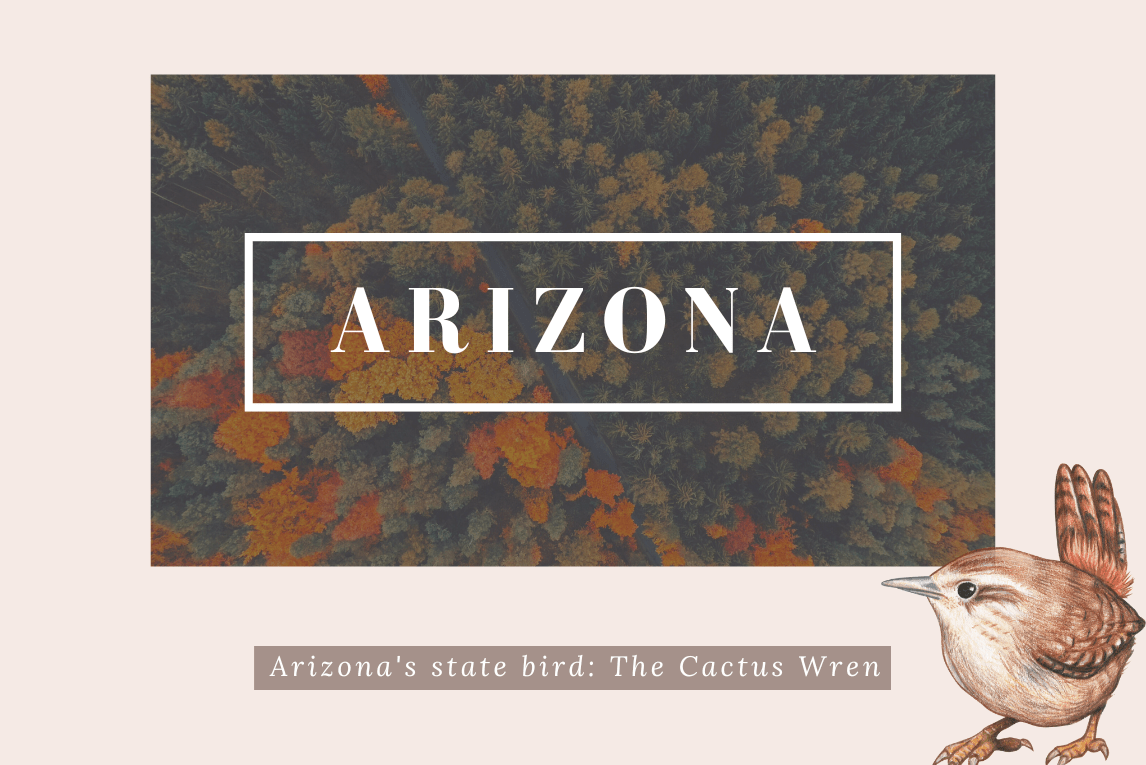The journey of Arizona to statehood is a captivating tale of territorial struggles, political maneuvering, and the enduring spirit of its people. When did Arizona became a state? From its early days as a land inhabited by Indigenous peoples to its eventual admission as the 48th state of the United States on February 14, 1912, Arizona’s path to statehood is a rich tapestry of history, culture, and perseverance that has shaped the Grand Canyon State into what it is today.
Early History and Indigenous Inhabitants:
Before European exploration and settlement, the land that is now Arizona was inhabited by Indigenous peoples, including the Navajo, Apache, Hopi, and O’odham, who had lived in the region for thousands of years. These tribes developed rich and diverse cultures, establishing communities, trade networks, and agricultural practices that sustained them for generations.
Spanish Exploration and Mexican Settlement:
In the 16th century, Spanish explorers arrived in the region, seeking new lands and resources for the Spanish crown. The Spanish missionaries and settlers established missions, introduced new agricultural techniques, and began to exert control over the Indigenous populations.
Following Mexico’s independence from Spain in 1821, the territory of Arizona became part of Mexico, and Mexican settlers began to migrate to the region, further shaping its culture, economy, and society.
The Mexican-American War and Treaty of Guadalupe Hidalgo (1848):
The landscape of Arizona changed dramatically with the conclusion of the Mexican-American War in 1848. Under the terms of the Treaty of Guadalupe Hidalgo, Mexico ceded a vast territory, including present-day Arizona, to the United States.
Creation of the Arizona Territory (1863):
In 1863, President Abraham Lincoln signed the Arizona Organic Act, creating the Territory of Arizona. The new territory encompassed the entire western half of the present-day state and marked the beginning of Arizona’s formal association with the United States.
When Did Arizona Became a State?
Despite its territorial status, Arizona faced numerous challenges and obstacles on the path to statehood. One of the major hurdles was the ongoing debate over its population, economy, and political stability, which were closely scrutinized by Congress before granting statehood.
Internal divisions and conflicts between the territory’s Democratic and Republican factions also posed significant challenges, with disputes over water rights, land use, and economic development often leading to political gridlock and delays in the statehood process.
When did Arizona became a state? After decades of persistent efforts and lobbying, Arizona’s dream of statehood finally became a reality. President William Howard Taft signed the proclamation admitting Arizona as the 48th state on February 14, 1912. The decision was met with great enthusiasm and celebration across the territory, marking the beginning of a new era.
Since achieving statehood, Arizona has experienced significant growth and development. It is known for its rich cultural heritage, stunning natural landscapes, and vibrant communities. From the iconic Grand Canyon to the bustling cities of Phoenix and Tucson, Arizona offers a diverse and dynamic blend of history, culture, and natural beauty that continues to attract visitors and residents alike.
Arizona’s State Symbols
Arizona has adopted several state symbols that reflect its unique identity and natural beauty. From its official state bird to its emblematic state flower, these symbols serve as a tribute to Arizona’s heritage and the values cherished by its residents.
State Bird – Cactus Wren:
What is Arizona’s state bird? The Cactus Wren (Campylorhynchus brunneicapillus) was the official state bird of Arizona in 1931. Recognized for its distinctive appearance and melodious song, it is a common sight in the deserts and scrublands of Arizona. With its brown plumage, striking white markings, and long curved beak, it is a symbol of resilience and adaptability. Cactus Wren thrives in the harsh and arid landscapes of the Grand Canyon State.
State Flower – Saguaro Cactus Blossom:
The Saguaro Cactus Blossom (Carnegiea gigantea) was the official state flower of Arizona in 1931. The Saguaro Cactus, with its towering stature and iconic silhouette, is synonymous with the Arizona desert landscape. Its beautiful white flowers bloom in late spring and early summer, providing a stunning contrast to the rugged terrain and serving as a vital source of nectar for pollinators. The Saguaro Cactus Blossom is a symbol of endurance, beauty, and the unique flora of the Sonoran Desert.
State Tree – Palo Verde:
The Palo Verde (Parkinsonia Florida) was the official state tree of Arizona in 1954. The Palo Verde is a common and beloved tree in Arizona’s desert landscapes. It is known for its distinctive green bark, vibrant yellow blossoms, and drought-resistant qualities. Its name, “green stick” in Spanish, reflects its ability to photosynthesize, allowing it to thrive in the arid conditions of the Southwest. Palo Verde is a symbol of resilience, adaptability, and the natural beauty of Arizona’s desert ecosystems.
State Gemstone – Turquoise:
Turquoise was the official state gemstone of Arizona in 1974. It reflects the state’s rich history of turquoise mining and the significance of this blue-green stone to Native American cultures. Mined in various regions of Arizona, turquoise has been prized for its unique color and beauty for centuries and is used in jewelry, art, and cultural ceremonies. Turquoise is a symbol of Arizona’s mineral wealth, artistic heritage, and the enduring connection between the land and its people.
State Mammal – Ringtail:
The Ringtail (Bassariscus astutus), “civet cat” or “miner’s cat,” was the official state mammal of Arizona in 1986. It has a distinctive ringed tail, a masked face, and agile climbing abilities. The Ringtail is a nocturnal and elusive creature that inhabits the rocky canyons and desert landscapes of Arizona. The Ringtail is a symbol of adaptability, stealth, and the diverse wildlife that calls Arizona home.
Conclusion
The journey of Arizona to statehood is a testament to the resilience, determination, and spirit of its people. Arizona’s path to statehood is a compelling story of perseverance and pursuit of the American dream. From its early days as a territory to its eventual admission as the state of the United States.
As Arizona commemorates its statehood anniversary each year. It serves as a reminder of the state’s rich history. It also contributes to its people to the cultural, economic, and political fabric of the United States. Celebrating Arizona’s statehood is not only a tribute to its past but also an opportunity to look forward to a bright and promising future for the Grand Canyon State.






